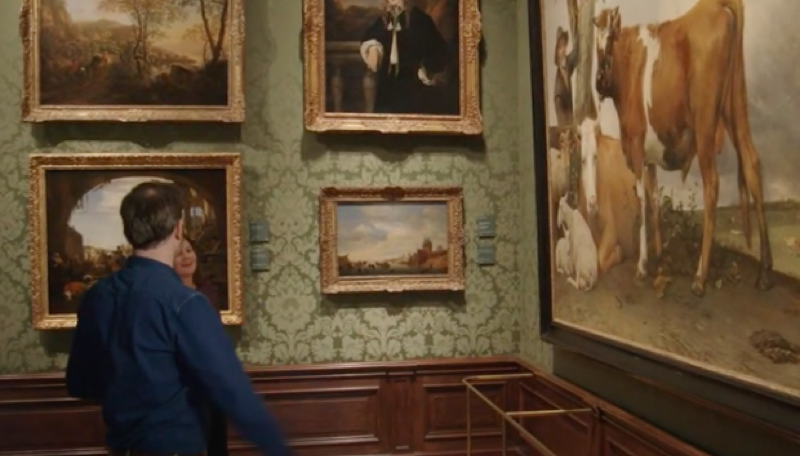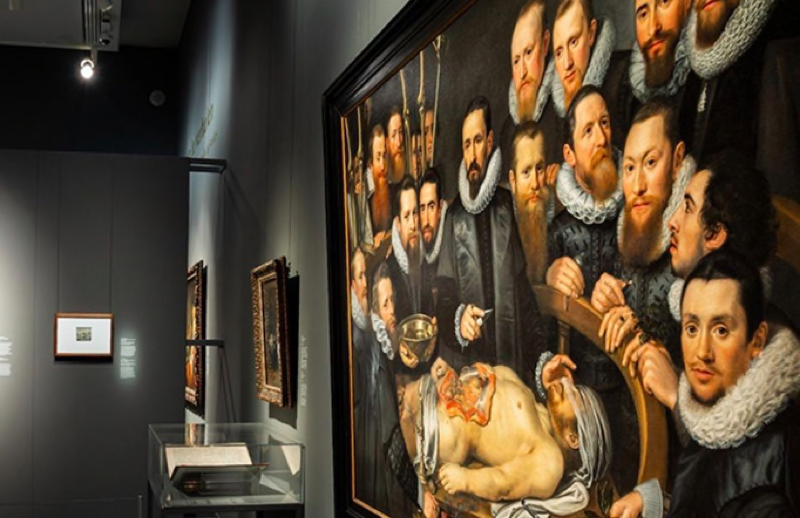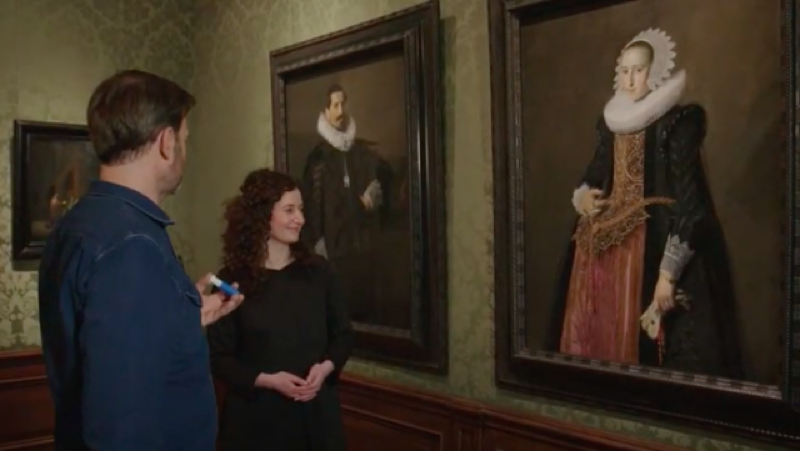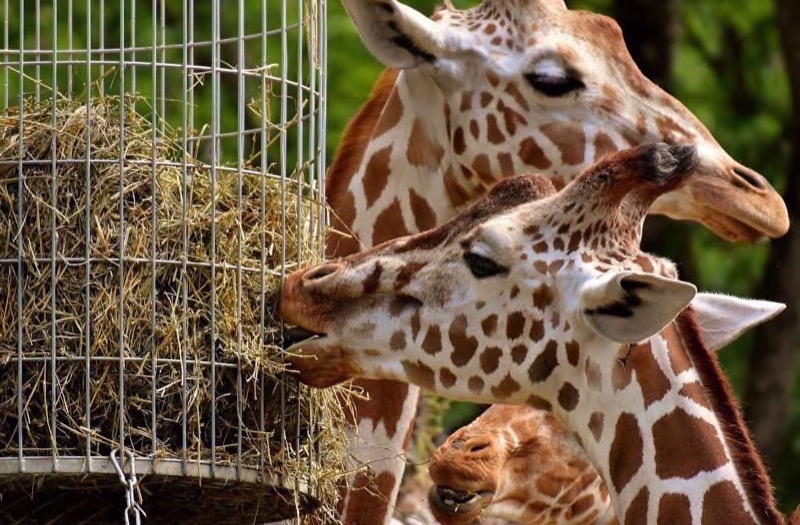Netherlands – Enjoy A Multi-Sensory 17th Century Experience At A Dutch Art Exhibition

This unique Dutch art exhibition will allow visitors to experience the fragrant and foul odors of the 17th century along with beautiful art.
A Dutch art exhibition is taking things further by allowing guests to smell both the fragrant and foul scents of the 17th century while viewing beautiful art. Each painting is paired with an appropriate historic scent for the full, multi-sensory experience.
‘Fleeting – Scents in Colour’ in Den Haag
The art exhibition, titled “Fleeting – Scents in Colour” is set to open at the Mauritshuis in Den Haag in the Netherlands, as soon as the museum is allowed to reopen following the closure due to the COVID-19 pandemic.

While displaying beautiful art, the museum is endeavoring to undertake smell-historical research in the new exhibition. There will be almost 50 paintings, drawings, and objects on display. As visitors stroll through the museum, they will encounter the various aromas of perfumes and scented flowers, along with unpleasant body odors and foul-smelling canals. However, other, more pleasant scents from faraway lands will also feature, including tobacco, spices, coffee, and tea.
The idea of this sensory experiment is to see whether living in the 17th century can be captured and displayed in smell. The exhibition will also investigate the sensory perception and aromatic connotations of the various artworks.
Examples Of Paintings On Display
One example is Pieter de Hooch’s interior painting with “Women in front of a Linen Cupboard” from 1663. The painting symbolizes the Dutch housewife renowned throughout Europe for her immaculately clean home in the 17th century. Scents of soap, polish and other cleaning products will enable museum visitors to experience the different smells portrayed in the artwork.

Abraham Mignon’s painting, “Still Life of Flowers and Fruit” from 1670 combines a rich abundance of flowers, mixed with overripe fruit. The fruit is covered with ants and other insects, attracted by the sweet scent of the melon. Obviously, in this case, the visitor will experience the scents of fresh flowers and fruit to fully experience the artwork.
While viewing Adriaen Brouwer’s work “The Smoker” from 1630, which features a man relaxing and enjoying his pipe, visitors will experience the smell of tobacco smoke. However, the 17th century is also known for its foul odors, including sewer systems and human odors in an era before washing machines, deodorant, and toothpaste were invented.
Back in the 17th century, it was believed that vile smells could make you ill and thus needed to be suppressed with “disease-repelling” fragrances. One of these is represented in “The Anatomy Lesson of Dr. Willem van der Meer.” The work was painted in 1617 by the well-known Delft painters, Michiel and Pieter van Mierevelt. In the painting, the subject is holding a pomander, which he wears on his finger, attached to a ring and chain. This pomander was a perforated container filled with aromatic substances and visitors will find three of these on display in the exhibition, along with the appropriate cloying odors.
“Fleeting – Scents in Colour” will open as soon as the Mauritshuis is allowed to reopen to the public. The art exhibition will run until August 29. Find out more information about the unique exhibition on the official website.
Reads can also enjoy a virtual tour of the exhibit in the video included here.
Share your thoughts in the comments section below, on our Facebook, Instagram, Twitter, and Pinterest!

